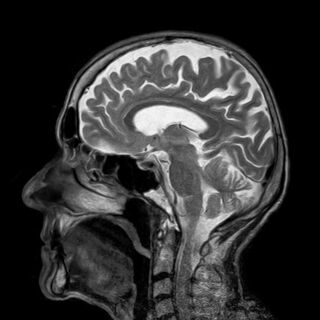Sleep
Why Sleep Matters
Neurological evidence for the risks of poor sleep in adolescents.
Posted June 26, 2021 Reviewed by Lybi Ma
Key points
- Important areas of the brain undergo maturation during adolescence.
- When adolescents do not sleep well, brain development is affected.
- Brain development related to poor sleep is most affected in early to mid-adolescence.
- Improving sleep in adolescents is crucial for optimal outcomes in cognitive, emotional, and physical health.

In science, constructing a theory proceeds stepwise. A good theory first consists of descriptions, then provides explanations, and finally allows for prediction. After a phenomenon is fully described, relations with other phenomena are then discovered, and plausible explanations are hypothesized as to why those relations exist. The explanations are then put to test by controlled experimentation. A theory is amplified even further when the origins, emergence, and developmental change of a phenomenon can be described and explained. Ultimately, predictions of future outcomes from past observations can be made. Furthermore, the theory must be consistent, or consilient with the existing knowledge base in its primary discipline and in related disciplines according to the eminent biologist, Edward O. Wilson.
While observations and descriptions of human sleep are as old as humanity itself, theories about its functions and purposes have yet to attain full maturity. For example, only in the last several decades have relations between sleep, learning, and memory been described scientifically, and plausible explanations are still being explored. It has been well-established by correlational and experimental studies that sleep must be of sufficient duration and quality for optimal mental functioning to take place. In general, when individuals have poor sleep, they do not perform as well on tests of learning and memory.
Moreover, when a person’s sleep is experimentally restricted by not allowing them to sleep, their performance is significantly impaired. Once those observations have been made many times by many different scientists, further questions remain. Through what physiological mechanisms do the relations take place? Do all individuals show similar effects or are there individual differences? Why do those differences exist? How large are those differences? Do different “doses” of sleep deprivation produce different degrees of impairment? Are there age differences in effects? Cultural differences?
Significant advances in the science of sleep have been made possible by the relatively recent availability of two technologies: physiological imaging and genetic analyses. Both have enabled a better understanding of the purposes of sleep and the ways in which sleep can affect us. In a paper just published in the journal Sleep, investigators used MRI to show how differences in the sleep of adolescents related to structural differences in their brains. It was already known that growth of the thickness of areas in the cortex is steady until middle childhood (9-10) and then gradually decreases.
Also, known was that the volume of the cortex increases until middle adolescence (ages 14-15). What was unknown was whether and how those changes relate to sleep. A large sample of adolescents wore wrist actigraphs for at least five nights and the following measures were collected: sleep duration (minutes from the time of going to sleep until the time of waking), sleep timing (hours during which the sleep occurred), sleep continuity (the number of minutes awake during the night), and sleep regularity (how much the duration of sleep varied over the successive nights). The thickness and volume of the cortex in different brain regions were measured with MRI.
Results were that shorter sleep duration, later sleep (going to sleep and waking later), and poorer continuity (more awakening during the nights) were associated with thinner and lower volumes of cortex in several brain regions. Importantly, these associations were found in early to mid-adolescence but not for later adolescents, indicating possible critical periods during which poor sleep is particularly detrimental to brain development. Improving sleep in children and adolescents is important at all ages, but these results imply that there are periods of greater vulnerability due to poor sleep. Fortunately, there are ways to identify insufficient sleep, and there are proven methods for improving it. Improving sleep, in turn, will result in fewer adverse outcomes in numerous domains, including cognitive performance and achievement, emotion regulation and problem behavior, and physical health.
References
Wilson, E.O. (1998). Consilience: The unity of knowledge. New York: Alfred A. Knopf.
Jalbrzikowski, M. et al. (2021). Associations between brain structure and sleep patterns across adolescent development. Sleep, zsab120 https://doi-org.spot.lib.auburn.edu/10.1093/sleep/zsab120


